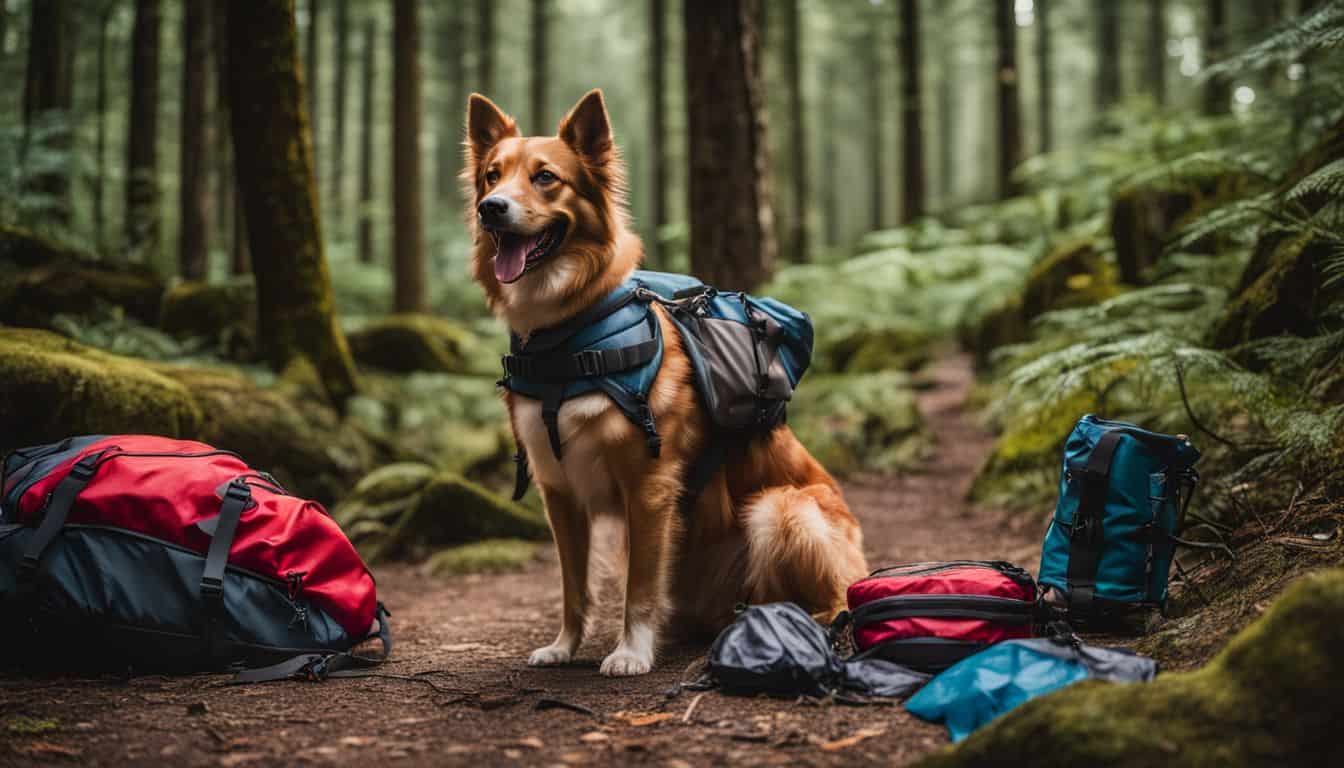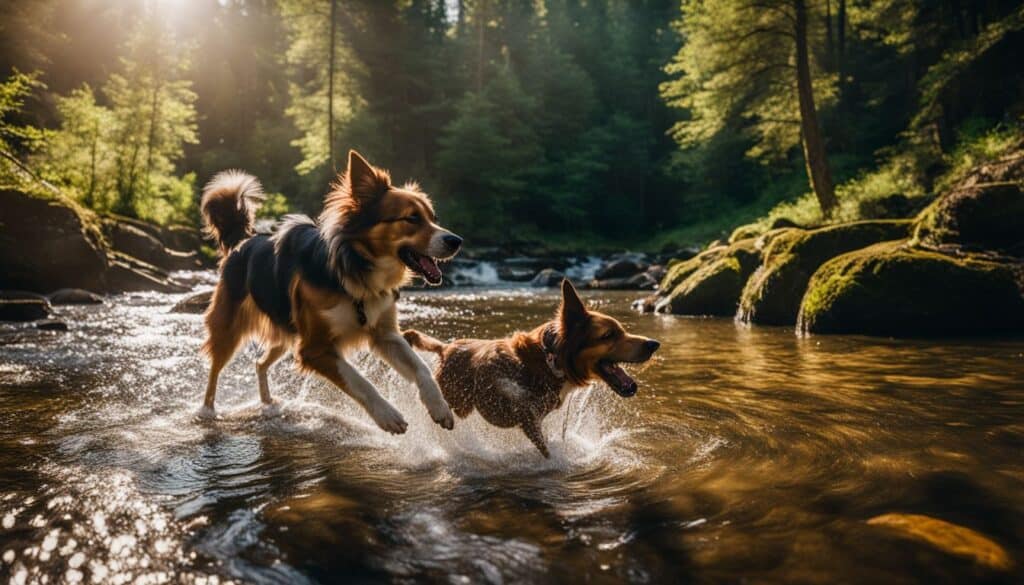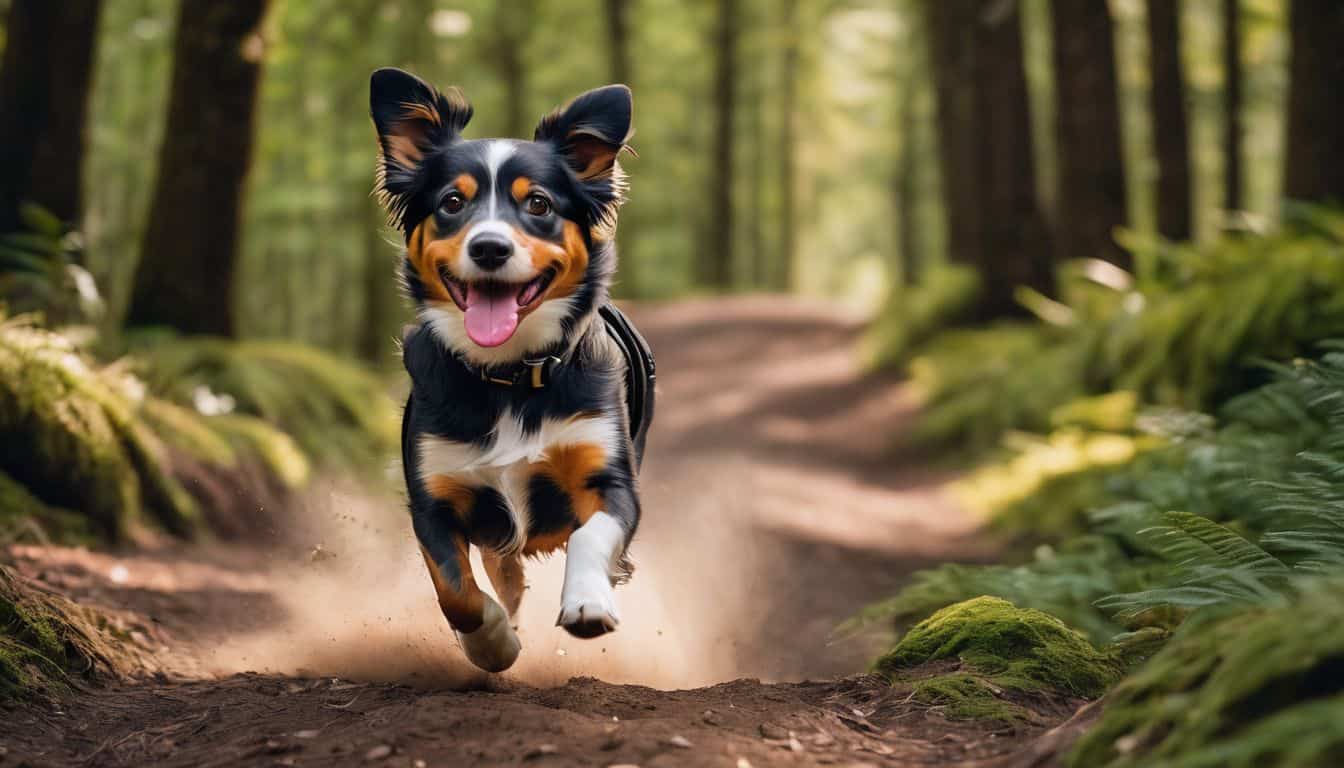Camping with your canine companion can be a wonderful experience, offering both you and your furry friend the opportunity to explore nature together. However, to ensure a safe and enjoyable trip, it’s crucial to pay close attention to your dog’s health and well-being throughout your outdoor adventure.
We will provide you with essential strategies to keep your dog safe while camping, ensuring you and your four-legged friend have a memorable and healthy experience.
Pre-Trip Preparation
Before embarking on your camping journey, proper preparation is key to managing your dog’s health effectively.
Start by scheduling a visit to your veterinarian. Ensure all vaccinations are up-to-date, discuss appropriate flea, tick, and heartworm prevention measures for your destination, and obtain a health certificate if you’re traveling across state lines. This pre-trip check-up can help identify any potential health issues before they become problematic during your camping adventure.
Packing a pet first-aid kit is essential for managing dog first aid while camping. Include items such as gauze, adhesive tape, antiseptic wipes, and any necessary medications your dog may require. Don’t forget to bring a copy of your dog’s medical records, which can be invaluable in case of an emergency.
Lastly, ensure your dog’s microchip information is current and attach ID tags with your contact information to your dog’s collar. These identification measures can be crucial if your dog gets lost in an unfamiliar environment.

At the Campsite
Once you’ve arrived at your campsite, there are several key aspects to focus on to maintain your dog’s health.
Keeping your dog hydrated is paramount. Bring plenty of fresh water and a portable bowl, and avoid letting your dog drink from standing water sources, which may contain harmful bacteria or parasites.
Protect against parasites by applying flea and tick prevention before the trip and checking your dog for ticks daily. Regular inspections can help catch any issues early and prevent more serious health problems.
Watch for signs of overheating, especially during warmer months. Provide shade and cool water, and familiarize yourself with the symptoms of heat stroke, such as excessive panting, drooling, and lethargy. If you notice these signs, take immediate action to cool your dog down.
Protect your dog’s paws from hot surfaces by walking them on grass when possible or considering dog booties for rough terrain. Burns on paw pads can be painful and may require veterinary attention.
Secure your dog at the campsite using a leash or tie-out stake to prevent wandering. Never leave your dog unattended, as this can lead to various dangers, including encounters with wildlife or getting lost.
Food and Nutrition
Maintaining your dog’s regular diet is crucial when camping with dogs. Pack enough of your dog’s regular food, plus extra in case of unexpected delays. Sticking to their usual diet helps avoid digestive issues that can arise from sudden changes in food.
Proper food storage is also essential. Use airtight containers to prevent attracting wildlife, and keep food in your vehicle or a secure location when not in use. This not only protects your dog’s food supply but also helps maintain the safety of your campsite.
Emergency Preparedness
Being prepared for emergencies is a crucial aspect of managing your dog’s health while camping. Before your trip, research and note the location of the nearest veterinary clinic to your campsite. Bring important phone numbers, including your regular vet, an emergency vet service, and animal poison control.
Familiarize yourself with local wildlife and plants that could harm your dog. This knowledge can help you avoid potential hazards and react quickly if an incident occurs.
Exercise and Rest
While camping often involves increased physical activity, it’s important to gradually increase your dog’s activity levels, especially if they’re not accustomed to long hikes or extensive outdoor time. Allow for plenty of rest breaks, and pay attention to signs that your dog may be getting tired.
Provide a comfortable sleeping area for your dog by bringing their bed or a padded mat. Ensure they have a warm, dry place to sleep, which is crucial for their overall health and recovery after active days.
Post-Adventure Check
After each day of camping, perform a thorough inspection of your dog. Check for ticks, burrs, or any injuries they may have acquired during your outdoor activities. Clean and dry their paws to prevent irritation or infections.
Monitor your dog for any changes in behavior or appetite that could indicate illness. Early detection of health issues can make a significant difference in treatment outcomes.

Conclusion
By following these guidelines, you can help ensure that your camping trip is a safe and enjoyable experience for both you and your canine companion. Remember, your dog’s health and comfort should always be a top priority when exploring the great outdoors together.
With proper preparation and attention to your dog’s needs, you can create lasting memories and strengthen your bond through shared adventures in nature.

Leave a Reply